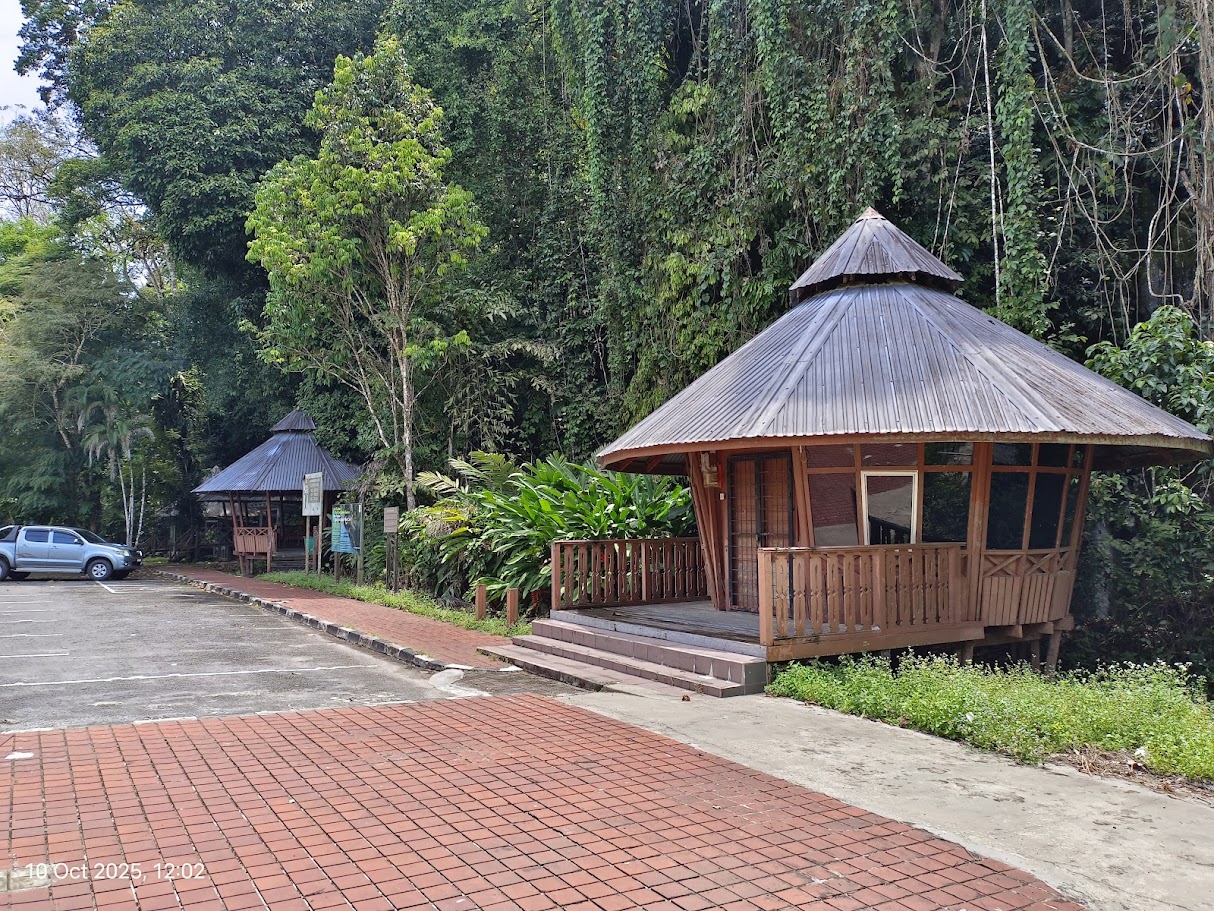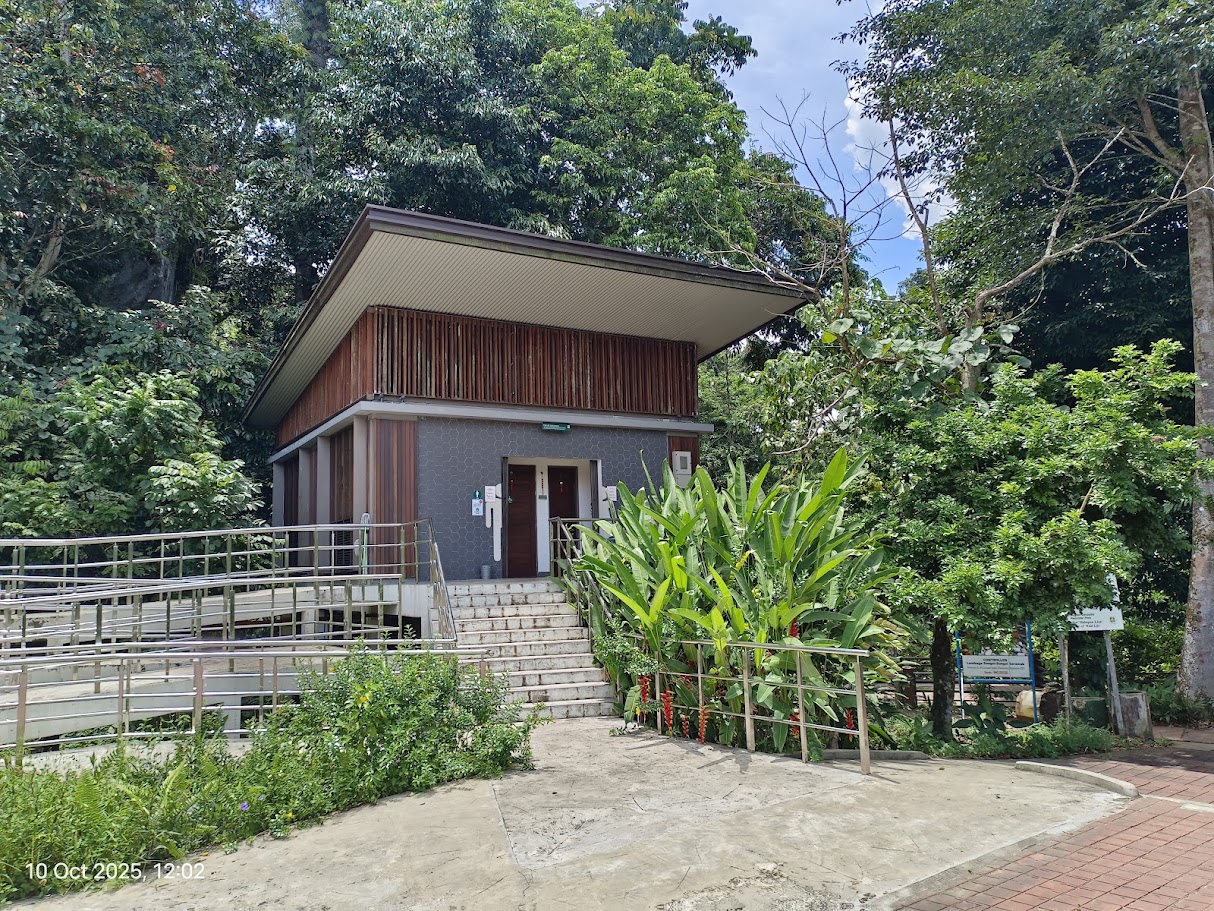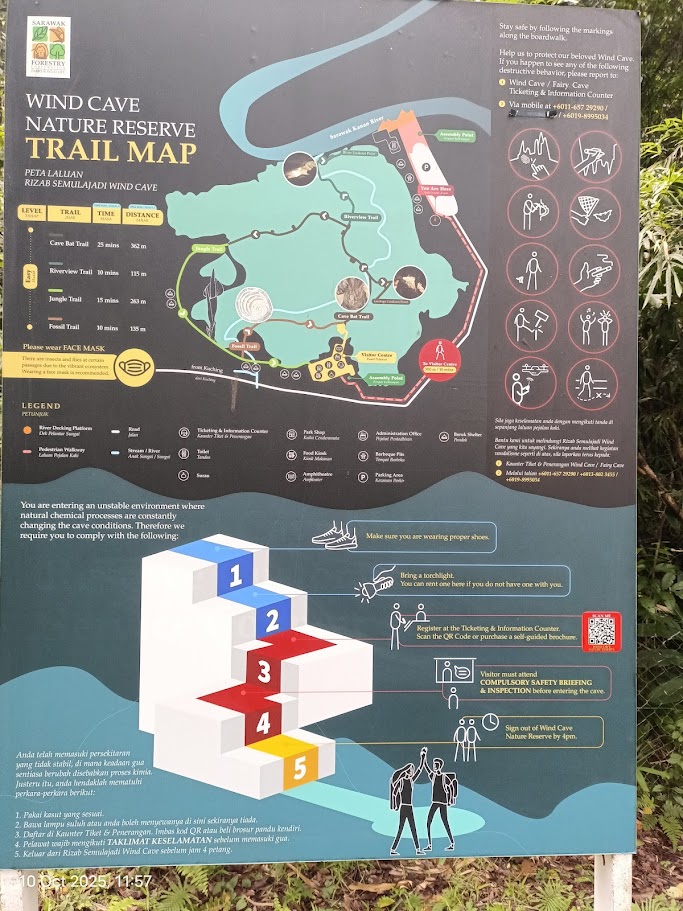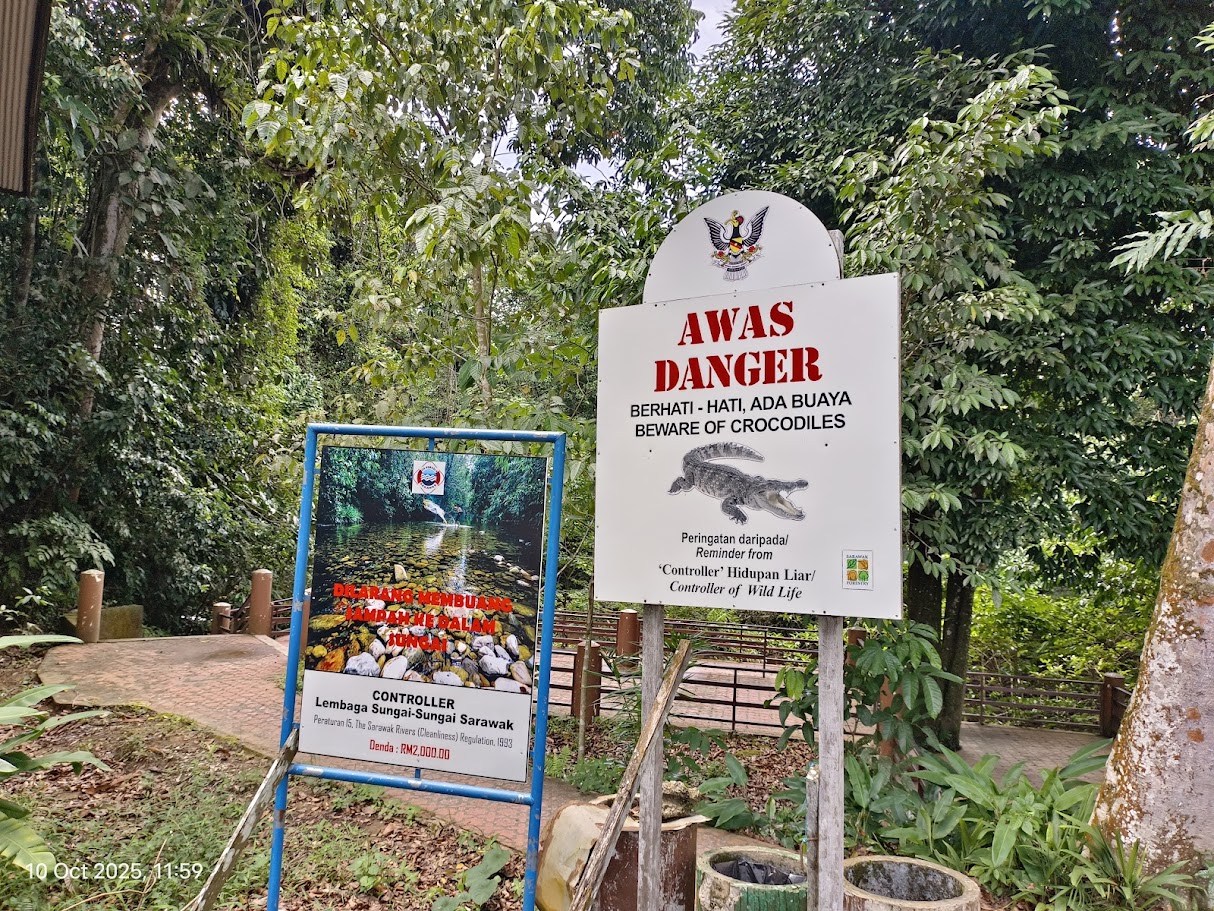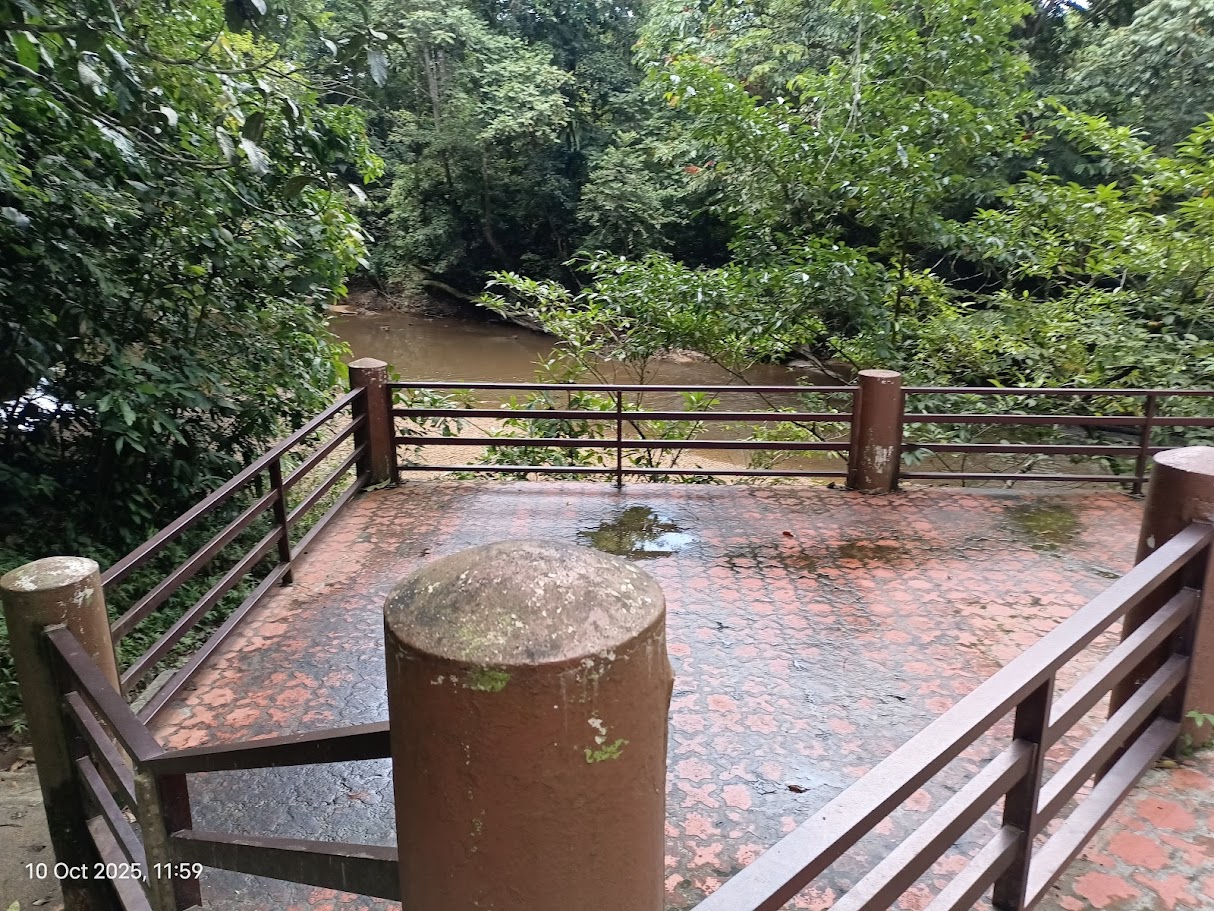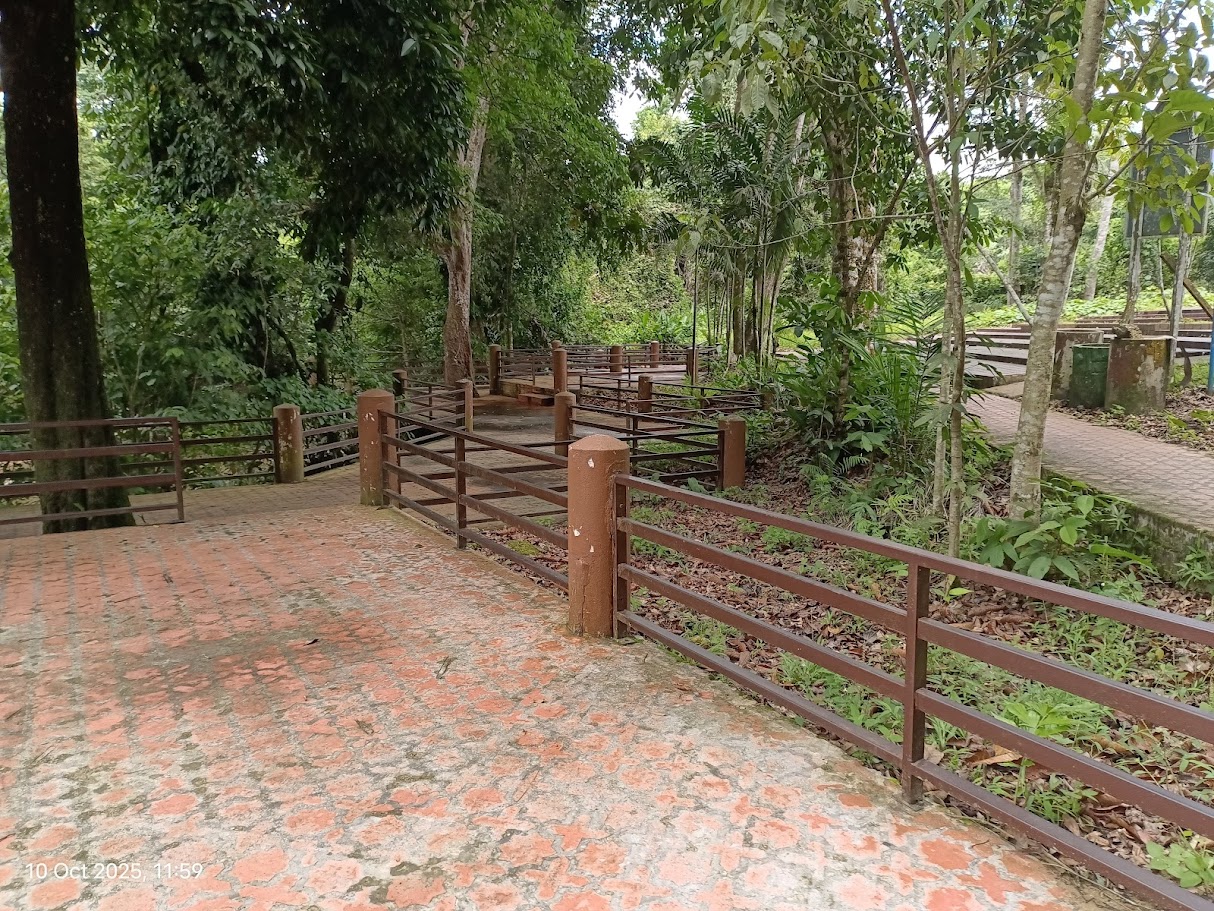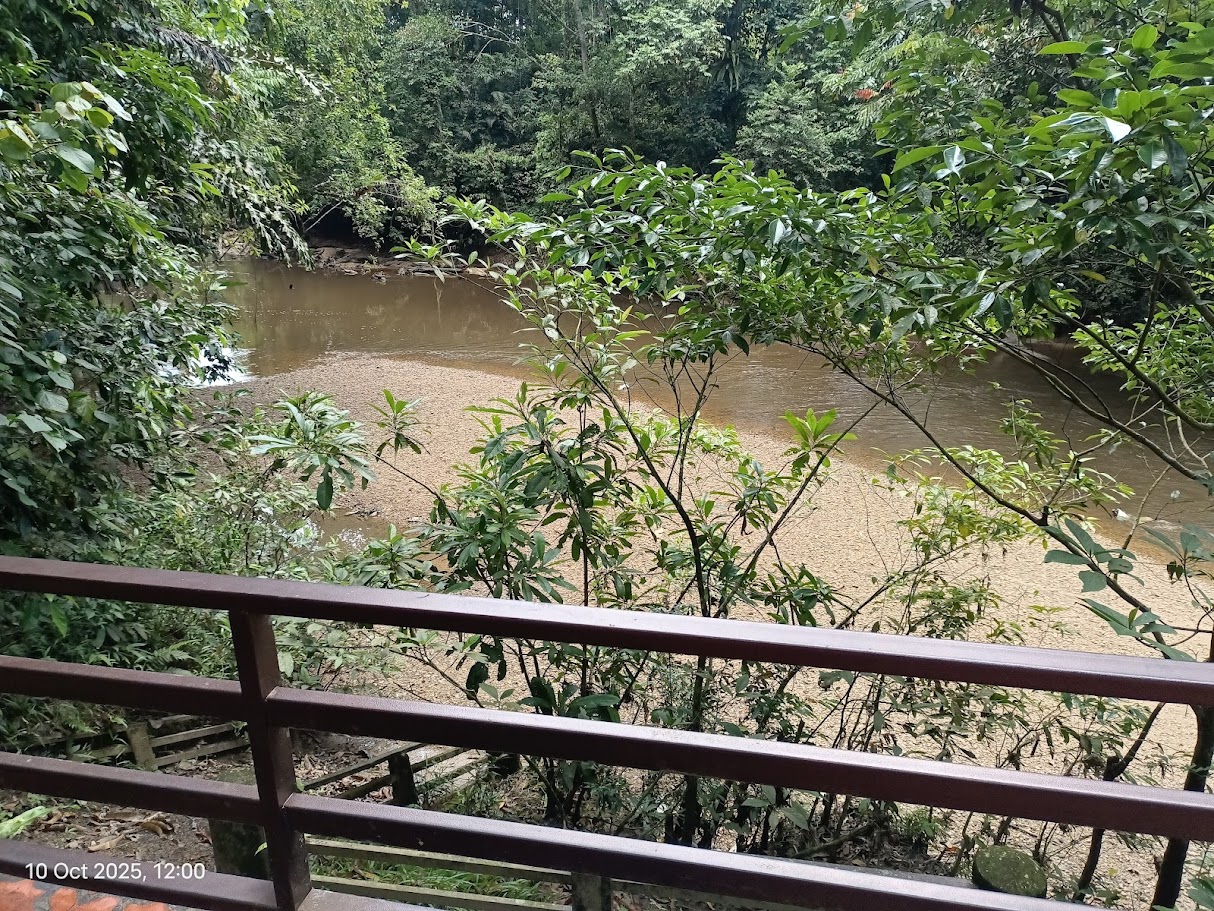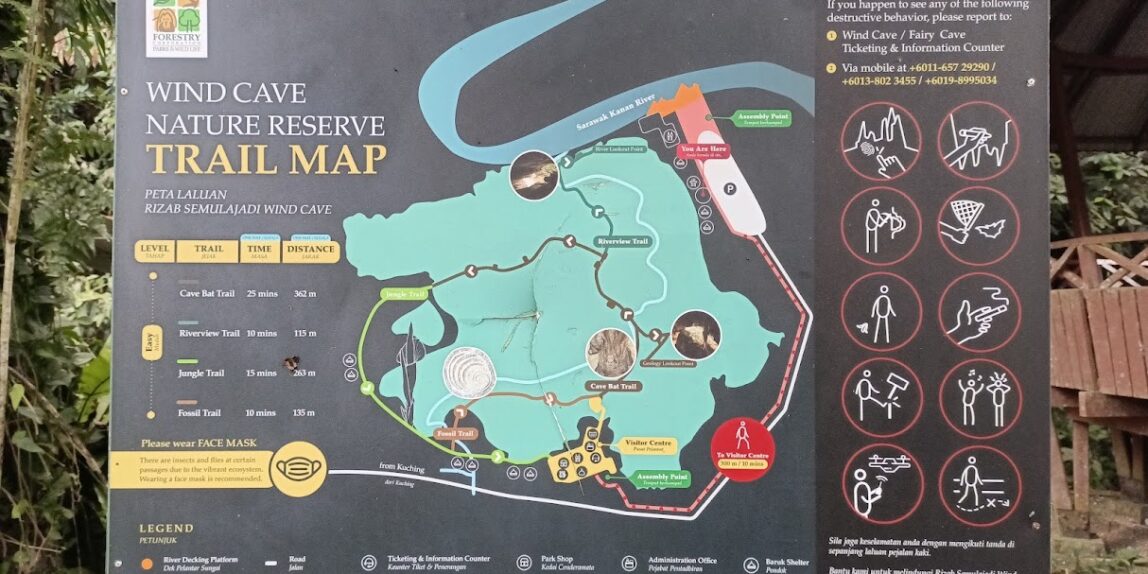A Tourist spot in Bau, the Wind Cave
A 6-minute drive from Bau town, distance 2.9 km
The Cave That Breathes — My Memory of Wind Cave, Bau
There’s something about Wind Cave that never fades from memory. I was around 14 or 15 back then — Form 2 or Form 3 studied at Lake Secondary School, when our teacher, Mr Tan (forgot his full name, the teacher who rides a Yamaha motorcycle), brought us to explore it. I’m 59 now, but somehow that experience still feels alive inside my head. Perhaps, thinking of exploring it again. In those days, the facilities in the area or inside the cave were very minimal; today, the facilities inside the cave are much better, and the walking path.
It is located some 800 meters from Lake School. In those days, it was about 1000 meters as there was no road but a winding footpath.
We came as a group of schoolkids, loud and curious, armed with only bravery, hearts without a flashlight and that teenage courage that didn’t know fear. We need to borrow our friend’s torchlight if we are interested in seeing more details of the cave. The only guys who hold the light were Mr. tan and one or 2 more. The air was cool even before entering, and the moment we stepped in — boom — that wind greeted us.
Not strong like a storm, but constant, like the cave was alive and breathing.
Why It’s Called “Wind Cave”
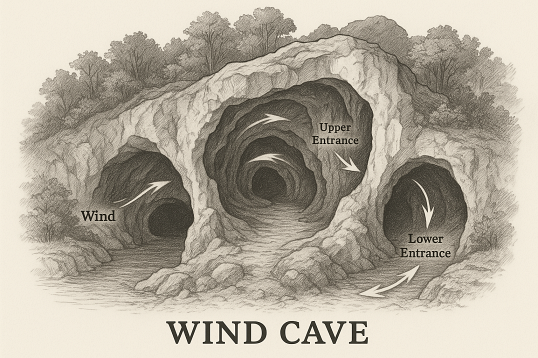
The name isn’t just poetic. It’s literal…It really got wind !..
Wind Cave, also known as Gua Angin, derives its name from the natural air current that flows through its interconnected chambers. The cave has several openings — upper and lower entrances — and as the temperature outside changes, air pressure pushes the wind through the cave.
There are several theories about the wind, but the reality of how the system works is self-explanatory.
It’s basically nature’s own ventilation system, but for those who’ve been inside, it feels more mystical than scientific.
The sound of the air moving past the walls, echoing through the tunnels — sometimes it feels like whispers, sometimes like a soft sigh. Perhaps that was how, in the olden days, without the knowledge of the science of things, people started to tell their own stories such as if they were listening to “god” or “ghost” speaking to them.
The Bidayuh elders used to say that the cave breathes because it has a soul.
And honestly, when you’re standing inside, torchlight flickering against the limestone, it’s not hard to believe.
The Upper Entrance and the River
I still remember climbing up to the upper passage, guided by our teacher. It was a bit steep, slippery in parts, and filled with the smell of damp rock and guano. In those days, we had no idea of the risk of slipping on the slippery stones. We hung on each other’s hands to climb up and go down, plus the rope that our teacher brought with him.
Somewhere along the path, we reached an opening where sunlight cut through the darkness — that was the upper entrance.
Later, we descended again and followed another path that led us down towards the river — the one you can still see today beside the boardwalk.
That’s the Sungai Sarawak Kanan, flowing quietly at the edge of the forest. Once we saw the light at the end of the tunnel/cave, we were very excited that we could swim and wash ourselves.
This place, the cave entrance with the river, has some dark stories.
At first glance, it looks harmless — shallow, peaceful, golden brown after rain. But everyone from Bau knows better. The water may not be deep, but beneath it lie hidden currents and uneven limestone, forming pockets that can trap anyone who underestimates it.
There have been a few sad cases over the years — people who drowned near the cave’s mouth or along the riverbank. Even locals, even strong swimmers. The elders always said:
“It’s not about the depth. It’s about the spirit of the place.”
Between Wind and Water
That’s what makes Wind Cave unique — it’s a meeting point between air and water, darkness and light, mystery and memory.
The cave breathes. The river flows. And time just moves around them for how many years, only God knows.
Today, there are walkways, safety rails, signboards — even a 5-star washroom and baruk-style huts for resting. It’s cleaner, safer, and much more organised than the wild version I saw in my teenage years. But the feeling remains the same.
Plenty of parking spaces and empty spaces. In those days, the area was still a jungle with only a traditional footpath.
Every time I return, I still feel that same rush of cool air against my face — as if the cave remembers me too.
A Place With Its Own Story
Wind Cave is more than just a tourist stop in Bau. It’s part of our growing-up years, part of Sarawak’s quiet beauty that doesn’t need to shout to impress.
For me, it’s a reminder that nature keeps its stories long after we forget ours.
The cave still breathes. The wind still hums. And the river still flows like it always did — sometimes calm, sometimes unpredictable, but always alive.
Maybe one day, when someone younger walks the same trail, they’ll feel the same wind and wonder what stories it carries — just like I did, many years ago.

